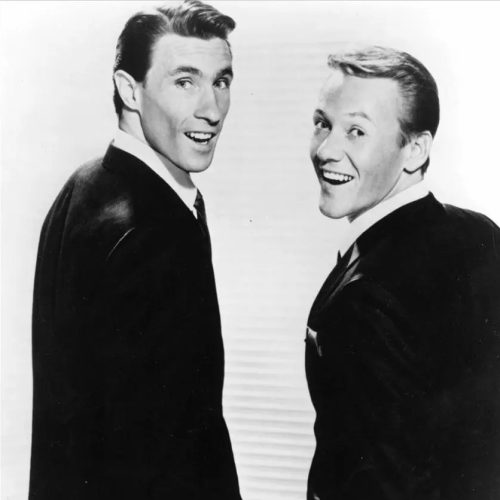“An invisible red thread connects those who are destined to meet, regardless of time, place, and circumstance. The thread may stretch or tangle. But it will never break.”
That’s the ancient Eastern proverbial counterpart to the West’s ‘twin flame’ theory.
Meeting people is easy in the revolving door-reality of modern daily life. So easy, in fact, that the swift insignificance of exchanging money for a coffee or passing somebody on a sidewalk rarely gains real estate in one’s short or long-term memory. Such trivial and common encounters are typically ascribed a ‘ships passing in the night’ label and silently shoved back out to sea – never tethered, never revisited.
Certainly for some, these destiny-laden moments are of the instant, ‘smack-you-in-the-face’ variety, complete with immediate revelatory transcendence or witnesses sunkist by the intangible electricity produced by such seismic activity. Others, however, might not even feel the thread of connectivity being applied until it’s on, anchored, and activated.
After all, we should be able to pass somebody on a dimly-lit street in, say, Madrid without the momentary encounter transmuting into something life-altering.
In order for a thread to tangle or stretch, only two things must be present: space and time.
Without space, there would be no reason for connective thread. Without time, there would be no acknowledgement of the thread, nor would there be opportunity to maintain its structural integrity. These two components also act as the sole contributors to entanglement. Stretched linearly, a thread will not tangle. A long enough thread will cross hurricanes, tornadoes, deserts, jungles, and seas, almost guaranteeing a need for both ends to unite, examine, unfurl, and untie the knots that sit like boulders, asking to be reduced to gravel.
It’s 1956 and the Righteous Brothers have recorded a B-side to their new single “Hung on to You”. Phil Spector, the infamous producer credited with the ear-altering Wall of Sound recording technique, is a busy man. As such, he produces only the singles from artists’ albums, leaving the in-house production team (or musicians themselves) to produce the B-side. Enter “Unchained Melody”, the B-side to “Hung on to You”.
Initially considered a ‘throw-away’ track (Spector demanded producing credit after the song’s atmospheric ascension), it bleeds a haunting, desperate longing for reunion with the other end of the thread. Unapologetic in its vulnerability, vocalist Bobby Hatflied (who won vocal duties in a coin-toss with co-vocalist Bill Medley) paints stark, shuddering strokes of drifting rudderless, thread tangled in the mast, waiting and hoping for any sign of life at the other end. Maybe he knows there isn’t. Maybe the other’s finger has grown numb from being tied off to a never ending thread that seems too long, too cumbersome, or too weathered to straighten.
Through Hatfield’s torment, however, we can hear – almost feel – a single thread of a different type: hope. Climaxing with the now instantly-recognizable plea of ‘I need your love’, “Unchained Melody” undeniably endures as one of the most iconic, inspirational, and honest hymns of lament and confession.







